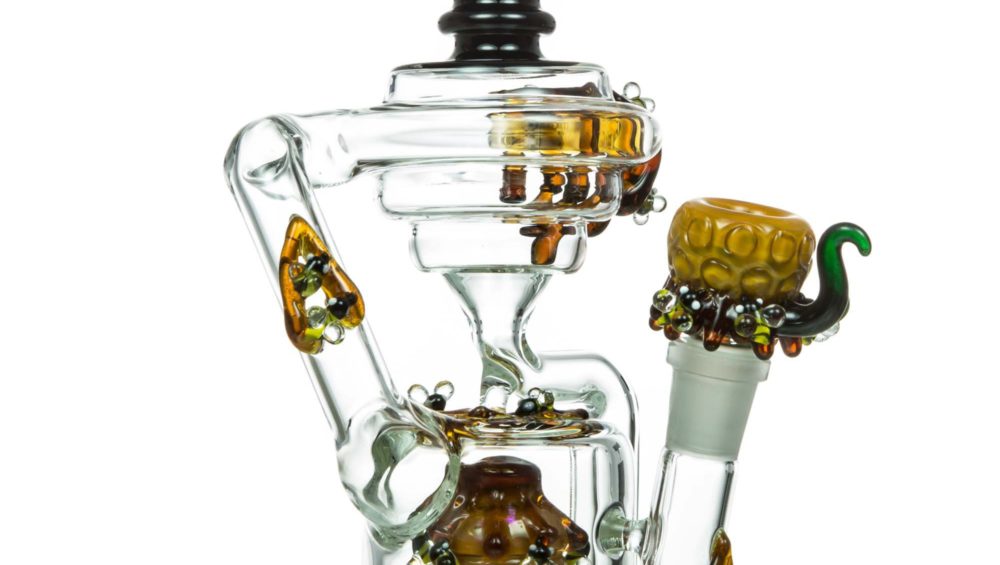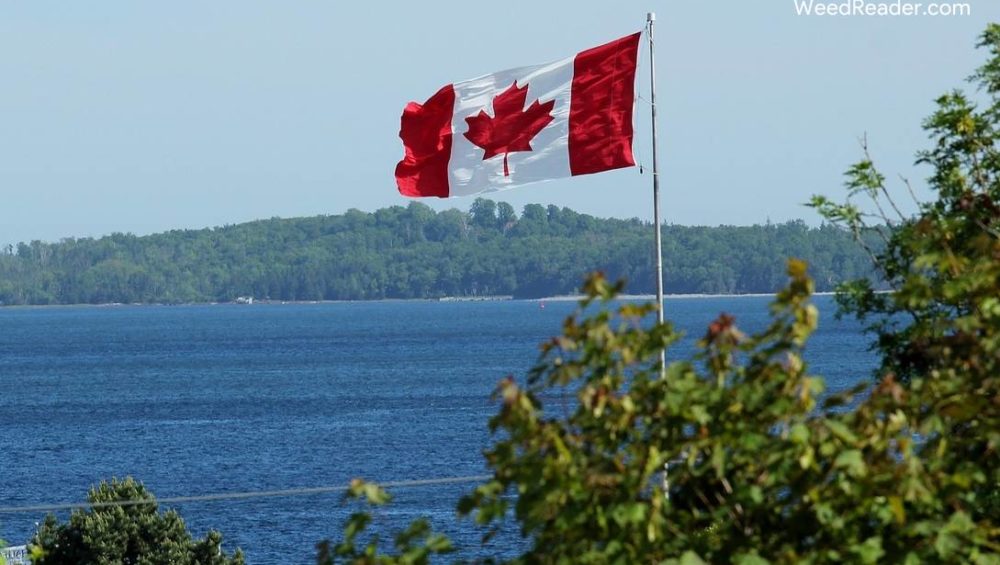Cannabis legalization happened across all of Canada on October 17th, 2018. For adults 18 and older, you can now for take in a wake and bake without the fear of prosecution. The same can’t be said for Canada’s sister to the South.
The United States of America is behind many places in the world including Canada when it comes to ending draconian cannabis prohibition. Politicians and federal authorities tinker and toy with the lives of millions of citizens while just one imaginary line to the north freedom exists. The United States of America is supposed to be united, but that doesn’t seem to be the case anymore.
It’s more like the land of who has the most money. If you want to enjoy cannabis legally, there are only a handful of states in which you can do this on a retail or recreational level. However, if you go to Canada, you can partake in a wake and bake anywhere in the country. Before you go though there are some things you need to know.
Oh Canada, Here I Come
In order to get across the border, you’ll need a valid passport. If you’re going to bring your pet, make sure you have the proper paperwork. Don’t try to bring fruit across the border as that is a big no-no. Cigarettes and booze are available in limited quantities from duty-free stores. Don’t try to take back more than your supposed to though.
Should you be considering taking a gift to Canada, you’ll want to know if that gift is valued at more than $60. This is because if it is, you may be required to pay an additional tax. Driving in Canada is much the same as it ends in America except for some fundamental traffic laws and the speed limit. Speeds are measured in kilometers, not miles so remember its kilometers per hour not miles per hour.
Don’t smoke in a car if you have a minor child or you can find yourself in trouble. Whatever you do don’t ever text or talk on your phone going down the road unless it’s hands-free. You’ll also want to be sure that you have the right cheddar to spend while visiting Canada. US currency is accepted in many places but not everywhere.
There’s Still A Lot to Know Before You Go
If you’re used to roaming all over with your cell phone attached to your face, you better be ready for a wake-up visiting Canada. You could find yourself with excessive phone charges that some refer to as astronomical if you don’t have a pre-existing plan worked out for when you visit Canada.
If you have a criminal record, there is always the chance that you might not be permitted entry into Canada. Canadian border patrol agents can deny anyone entry into Canada. Even a DUI can get you denied.
Travel Insurance for healthcare when visiting Canada is another great idea to invest in. While Canada’s health care system covers a lot of things, it doesn’t include American visitors. If you get sick or hurt while you’re there, you could end up in despair at the costs.
Cheers to Cannabis, Beer, and Taxes Canada
Smoking cannabis is allowed for all adults. This means between the ages of 18-19 and up. Some provinces have laws allowing for the consumption of cannabis starting at 18 while others kick that age a year to 19. Make sure you know the rules in the province or provinces you plan to visit.
If you like to throw back a few beers, then be prepared for a slightly younger crowd than you’re used to in the US. The legal drinking age in Canada varies between 18 and 19 years old depending on what province you’re visiting. So, toss back them beers and say cheers, just be prepared to do so with a slightly younger crowd at some places.
If you’re familiar or used to shopping at dispensaries in the United States, then visiting Canada won’t be that much of a shock when it comes to taxes. There is an additional federal sales tax, and some provinces also add their own tax to things such as hotel and restaurant bills. This means that you can see as much as an extra 15% added to the total of what you were intending on spending.
Drink, Smoke, Eat, Play, and Be Merry in Canada
Canada offers all kinds of freedoms that you won’t find in the U.S. For America being the land of the free they sure seem to have a lot of rules restricting those freedoms. Maybe with luck, the U.S. will take a play from their neighbor to the north and listen to the people when it comes to cannabis.
The United States of America’s Federal Government started this draconian war on drugs and the attempted irradiation of cannabis. It’s time that they end it. Until then we’ll continue to fight for cannabis rights in America. At least now though we can venture north to enjoy true freedom in Canada from time to time.
Remember before you go, there are some things you’ll want to know. To find out where all the most lit events in cannabis are happening be sure to check out Expert Joints. Craig has all the latest and greatest info about cannabis in Canada. Above all though remember to consume responsibly and have fun.










